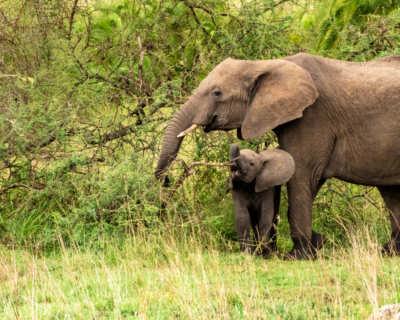
From the smallest plankton to apex predators like lions, animals play a critical role in maintaining environmental stability. Through their actions, they contribute to the dispersal of essential elements, such as fungi, bacteria, nutrients, and water vapor, which enable ecosystems to function properly. They help in the pollination of plants, seed dispersal, and nutrient cycling and keep food chains in check.
This environmental stability requires a delicate balance between all species. WildAid’s campaigns help keep threatened species—and the vital roles they play—from disappearing entirely by reducing the demand for wildlife products.
Read on to learn the roles played by just a few of the vulnerable animals we work to protect:
ELEPHANTS
Sometimes referred to as nature’s gardeners, elephants wield immense influence over their ecosystems. Their sheer size and foraging habits contribute significantly to shaping the landscape. As they search for food, they clear vegetation, allowing sunlight to reach shorter plants and creating space for smaller animals to disperse nuts and seeds. Even their footprints can create micro-ecosystems that fill with water and provide a home for tadpoles and other organisms.
We work with partners worldwide to end the demand for elephant ivory—like this recent campaign in Thailand.
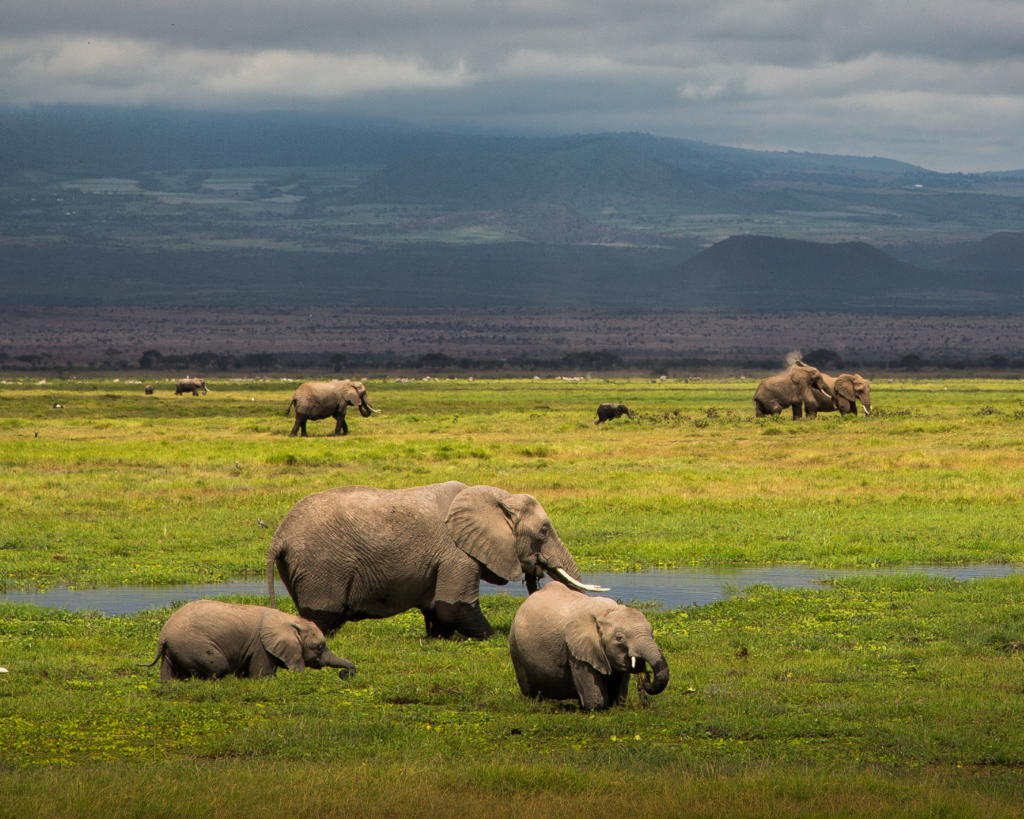
PANGOLINS
As insectivores, pangolins provide essential insect control. A single pangolin can eat nearly 200,000 ants and termites per day, which is enough to protect around 40 acres of land from destruction. Plus, as they burrow underground for shelter or to excavate ant and termite nests for food, pangolins mix and aerate the soil—much like when we plow fields. This improves the nutrient quality of the soil and aids the decomposition cycle, providing a healthy substrate for lush vegetation to grow.
Learn how we’re protecting pangolins by helping Traditional Medicine practitioners identify sustainable alternatives to pangolin scales.
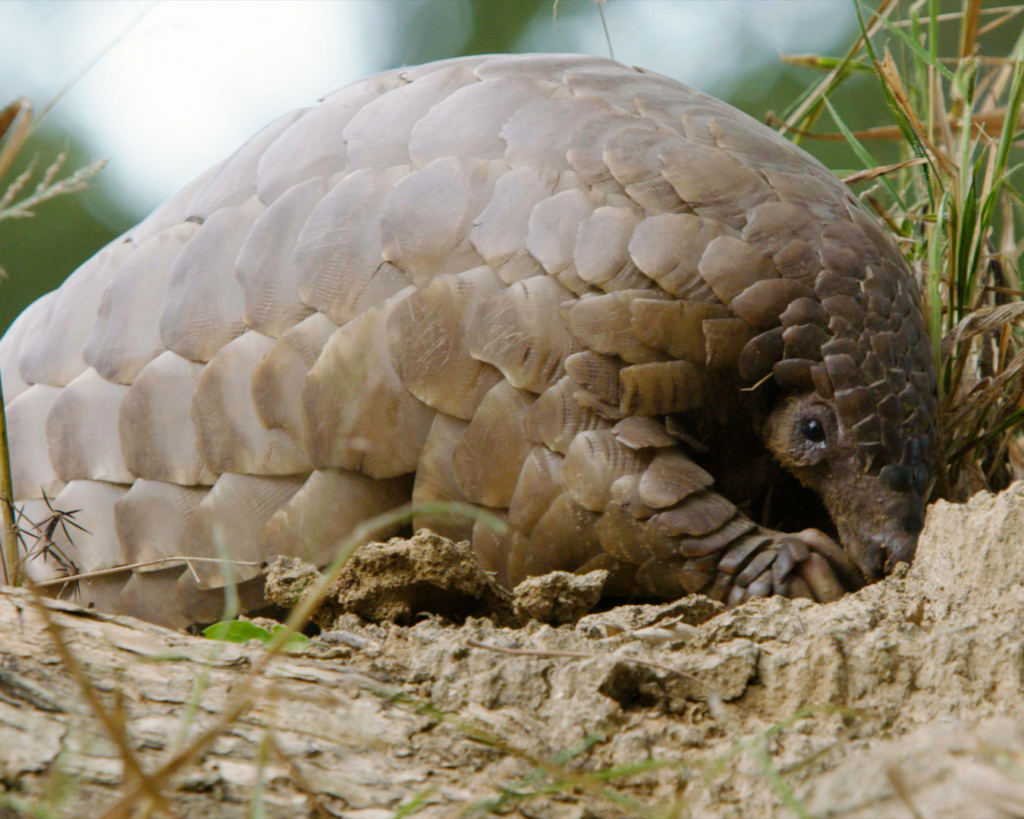
SHARKS
Sharks, as apex predators, are crucial for maintaining the health of marine ecosystems. By regulating populations of prey species, such as fish and seals, sharks prevent overgrazing of vital ocean habitats like seagrass beds and coral reefs. These habitats serve as vital nurseries for countless marine species and are essential for the overall health of the ocean. Without sharks, these ecosystems would suffer from imbalances that have far-reaching consequences.
Check out our recent report on the shark fin trade in Thailand.
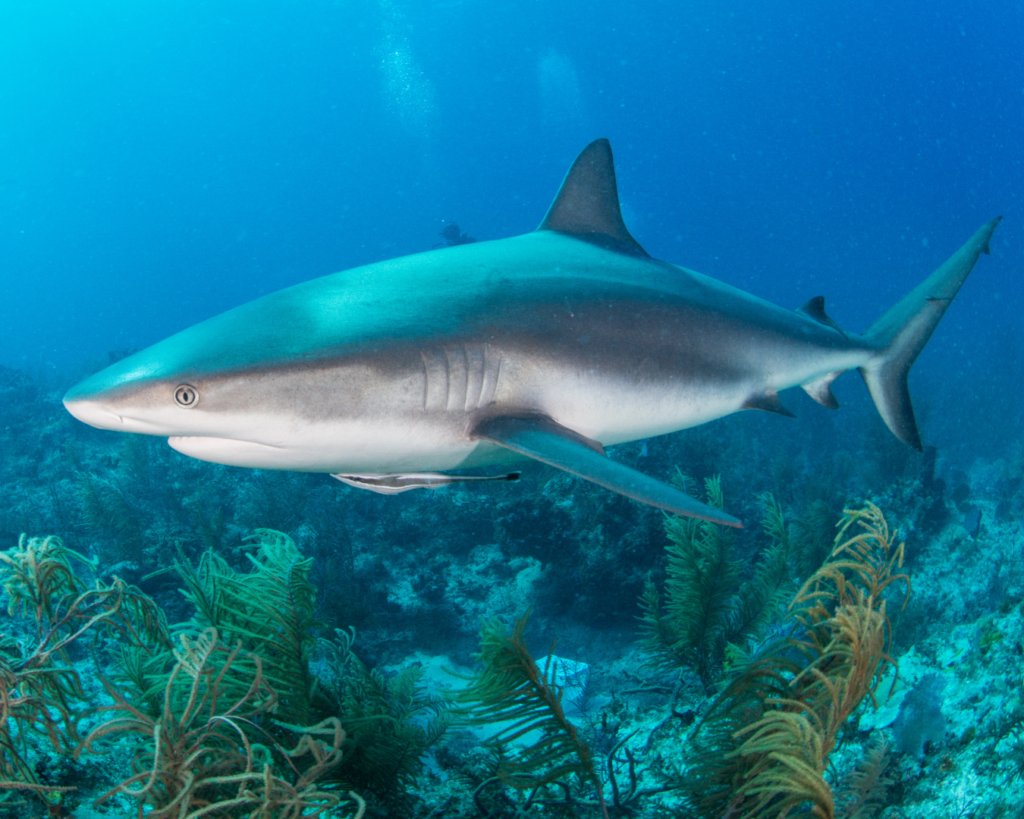
RHINOS
Rhinos’ impact on their surroundings is profound. These massive herbivores control vegetation through browsing and grazing, shaping the structure of their habitats. By wallowing in mud, rhinos keep watering holes open, which provide essential drinking spots for other animals. Furthermore, rhinos play a critical role in seed dispersal, as seeds ingested by rhinos are later deposited in their dung, helping to regenerate plant communities.
Learn how we’re working to stop the trafficking of products like rhino horn.
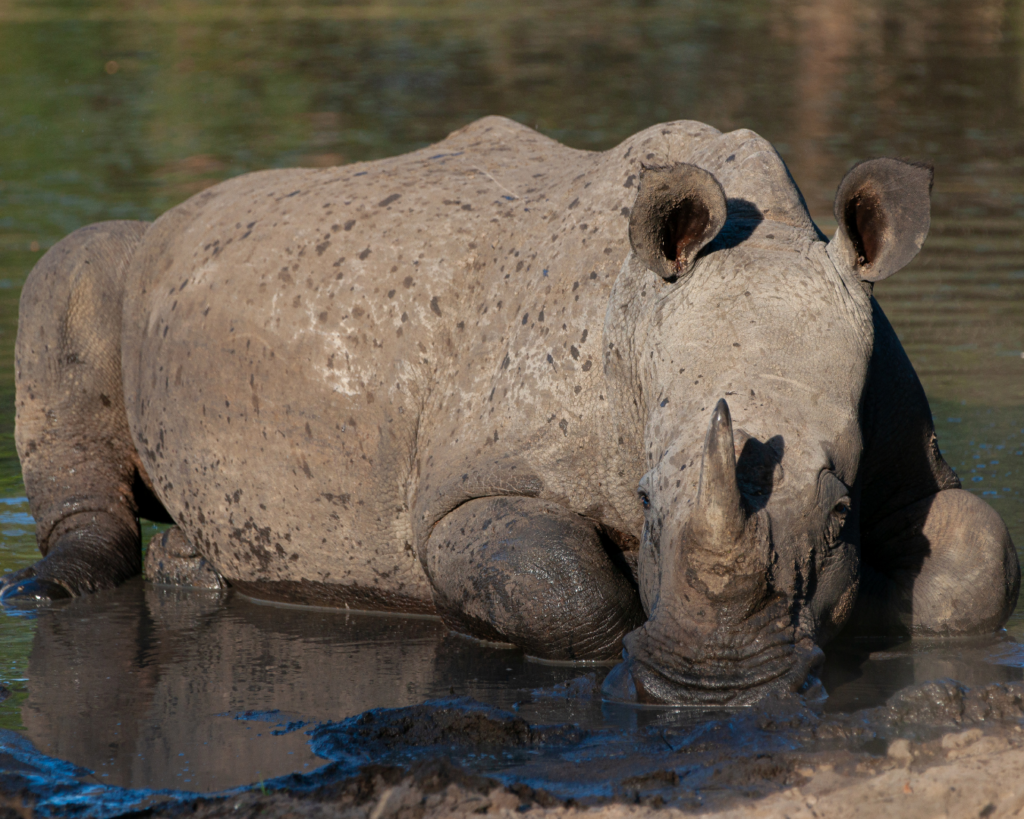
LIONS
Lions, the iconic big cats of the African savanna, exert significant influence on their ecosystems as top-level carnivores. By regulating populations of herbivores such as zebras and wildebeests, lions prevent overgrazing and promote the health of grasslands and forests. This, in turn, supports a diverse array of plant and animal species, contributing to the overall biodiversity of the region.
Watch our documentary, Land of the Lion, which highlights achievements made by Tanzanians to protect the world’s largest remaining wild lion population.
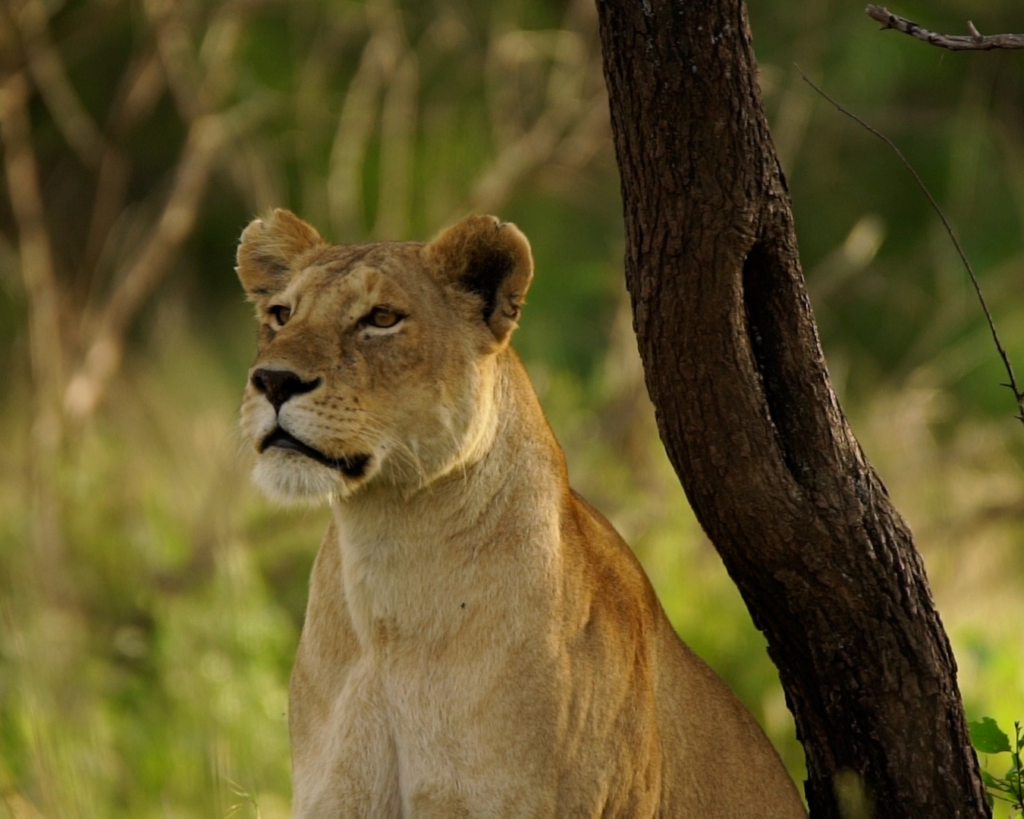
Just as each animal contributes to the balance of Earth’s ecosystems, every person has a role to play in supporting a healthy planet. Climate actions like taking public transportation, eating less meat, and embracing vintage clothes can have a direct impact on food and clean water sources, wildlife reproduction, and habitat health.
All of us can also significantly cut our individual carbon footprint by reducing our use of single-use plastics. For example, forgoing plastic bags for one month can save around 105 pounds of carbon!
Finally, help protect endangered species and their habitats by supporting WildAid’s work. Sign up here to receive our monthly newsletter and get updates on our conservation work around the world.
On World Wildlife Day, let’s celebrate the incredible diversity of life on Earth and recommit ourselves to protecting and preserving it for generations to come.
Stay in touch and get the latest WildAid updates.
SIGN UPAbout WildAid
WildAid is a non-profit organization with a mission to protect wildlife from illegal trade and other imminent threats. While most wildlife conservation groups focus on protecting animals from poaching, WildAid primarily works to reduce global consumption of wildlife products such as elephant ivory, rhino horn and shark fin soup. With an unrivaled portfolio of celebrity ambassadors and a global network of media partners, WildAid leverages more than $308 million in annual pro-bono media support with a simple message: When the Buying Stops, the Killing Can Too.
Journalists on deadline may email communications@wildaid.org